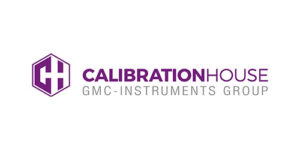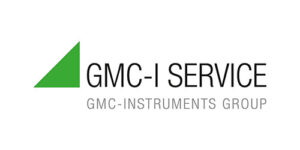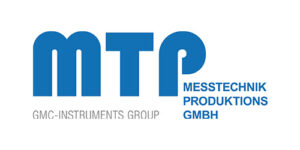Never before has power quality and reliability been such a key issue for facility managers. Not only can the cost of downtime run into thousands, or even millions of dollars per hour, but power quality events can impact sensitive equipment such as servers, motors, process equipment and computers. This end-use equipment is often interconnected within networks, industrial processes and power infrastructure and can be negatively affected by events that arise both from the supplying power system and are generated within the facility. Power monitoring is key to maximizing uptime and ensuring all power infrastructure is functioning properly.
Proactive management of power resources: The continuous capture of all events enables users to develop trend lines and algorithms to maintain real-time illustrations of infrastructure performance and improve reliability, while automated alerting sends alarms to power managers before problems occur.
Preventive and predictive maintenance: Identifying pattern changes enables better planning of maintenance activities and avoid interruptions of critical business practices, while system data allows “just-in-time” maintenance procedures to be developed and implemented.
Early detection of problems: Power quality problems can be detected before they cause damage through benchmarking that sends “alerts” when conditions begin to deteriorate. For contract negotiation, monitoring data documents power quality and demand for utilities or energy services providers.
Troubleshooting: Power monitoring instrumentation has been designed to help identify the nature and severity of power quality problems to prevent them from recurring. Automated power quality software pinpoints the location, magnitude and duration of events to quickly remedy harmful situations

















